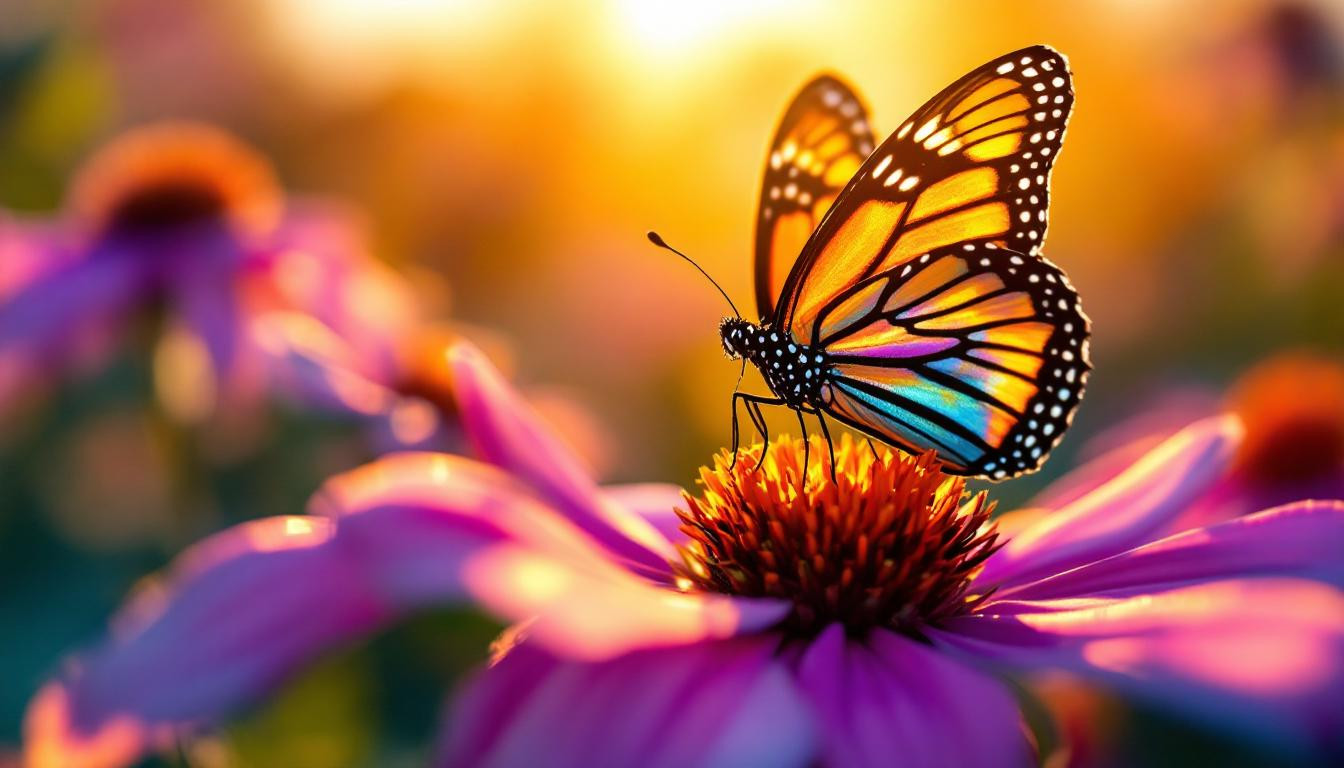Watching a butterfly flutter from bloom to bloom isn’t just beautiful—it’s a sign your garden is supporting critical pollinators that keep our planet thriving. May 2025 marks the perfect moment to transform your outdoor space into a buzzing haven for bees, butterflies, and other beneficial creatures. With pollinator populations declining worldwide, your garden can become a vital sanctuary with the right plants and practices.
Why May is the perfect month to start your pollinator garden
May offers ideal conditions for establishing pollinator-friendly plants. With soil warming and frost risks diminishing, this month provides the perfect planting window before summer heat arrives. “May planting gives perennials time to establish strong root systems before facing summer temperatures,” explains Dr. Amelia Rodriguez, ecologist and founder of Pollination Nation.
Native plants: The foundation of your pollinator paradise
Native plants form the backbone of any successful pollinator garden. These regional specialists have co-evolved with local pollinators for thousands of years, making them irresistible to your garden visitors.
“Native milkweed varieties are absolute monarch magnets, while supporting dozens of other pollinator species simultaneously,” notes Brett MacDonald, head of Maverick Landscaping. “For May planting, focus on spider milkweed and butterfly weed for drought resilience.”
When selecting natives for May planting, consider these powerhouse options:
- Coneflowers (Echinacea) – Drought-tolerant and beloved by bees
- New Jersey Tea (Ceanothus americanus) – Attracts dozens of butterfly species
- Bee Balm (Monarda) – Hummingbird favorite with disease-resistant varieties
- Penstemon – Tubular flowers perfect for specialized pollinators
The “three-season strategy” for continuous blooms
Like hosting a year-long buffet, your garden should provide continuous nectar sources from spring through fall. May planting allows you to establish this crucial framework. Plant early bloomers like Golden Alexanders alongside summer stars like marigolds and nasturtiums that naturally repel pests while feeding pollinators.
Beyond flowers: Creating complete pollinator habitats
Pollinators need more than just flowers—they require complete habitats. Incorporate these elements into your May garden preparations:
- Water sources – Shallow dishes with pebbles provide safe drinking spots
- Shelter areas – Undisturbed mulch piles and hollow stems offer nesting sites
- Chemical-free zones – Eliminate pesticides that harm beneficial insects
- Sunning spots – Flat rocks where butterflies can warm their wings
Companion planting: The pollinator garden multiplier
Strategic companion planting works like a neighborhood of supportive friends. Pair edible garden vegetables with pollinator-friendly flowers for a win-win relationship. Tomatoes flourish alongside basil and marigolds, while squash benefits from nearby nasturtiums.
The height-zone technique for maximum attraction
Structure your garden like a multi-story apartment building, with plants of varying heights. “Pollinators navigate by sight and scent,” explains community garden coordinator Janney Williams. “Clustering similar colors in blocks while varying heights creates a visual beacon that draws them in from afar.”
Consider using no-dig garden beds for quick establishment without disturbing beneficial soil organisms.
Will your garden make a difference?
Absolutely! Each pollinator garden serves as a stepping stone in what ecologists call “habitat corridors”—connected patches allowing species to travel safely across landscapes. By planting this May, you’re creating not just a garden, but a life-supporting ecosystem that helps reverse pollinator decline while bringing endless joy and beauty to your doorstep.
